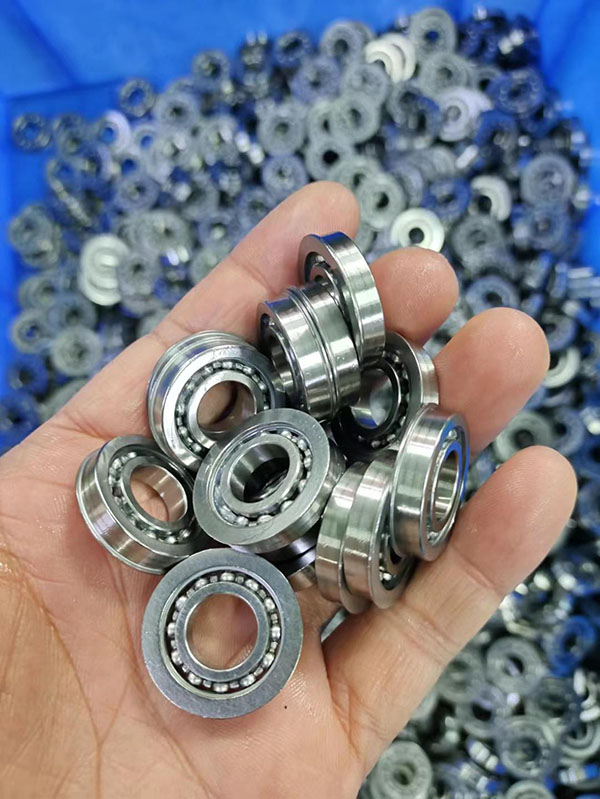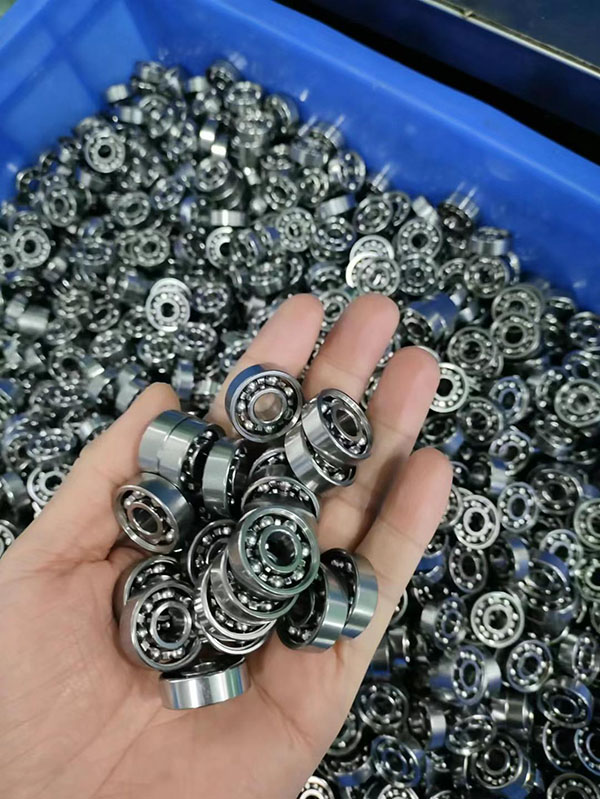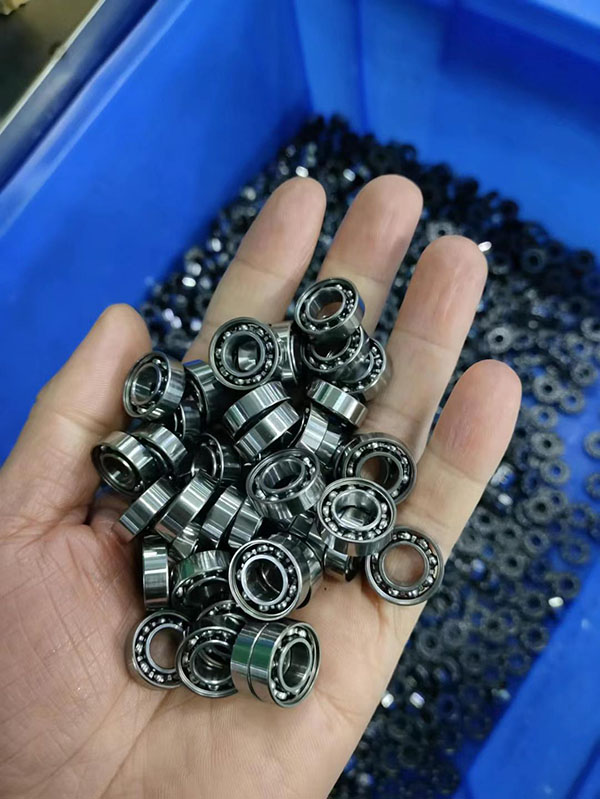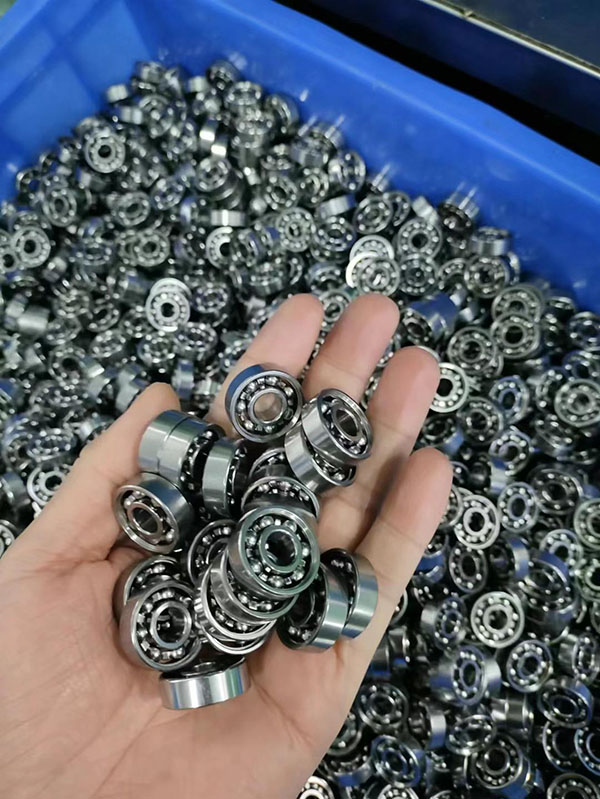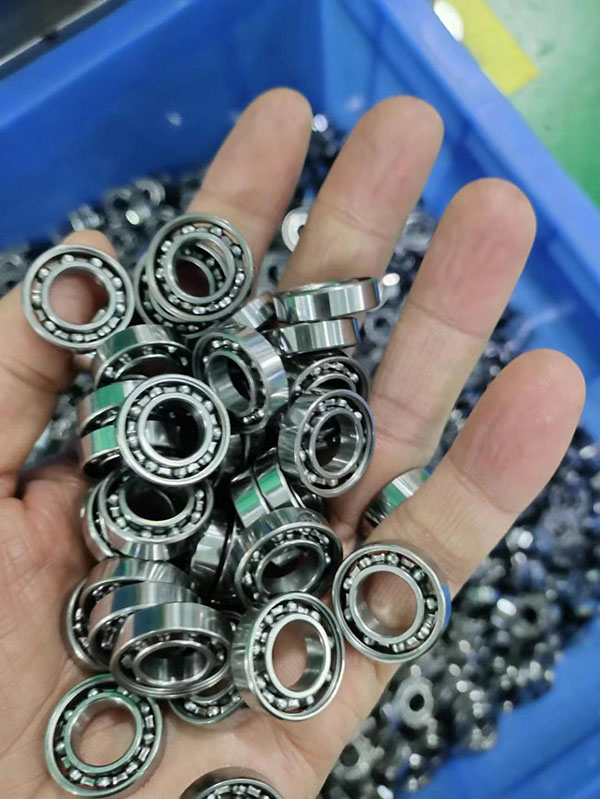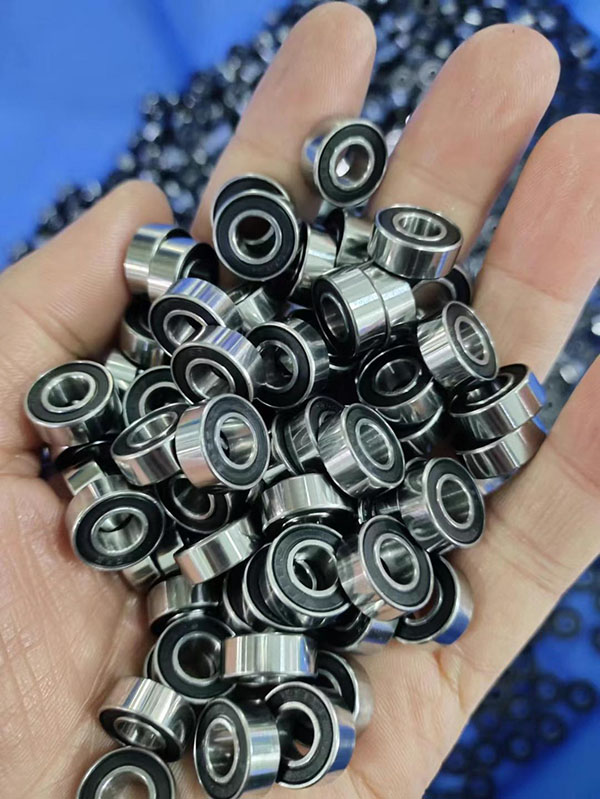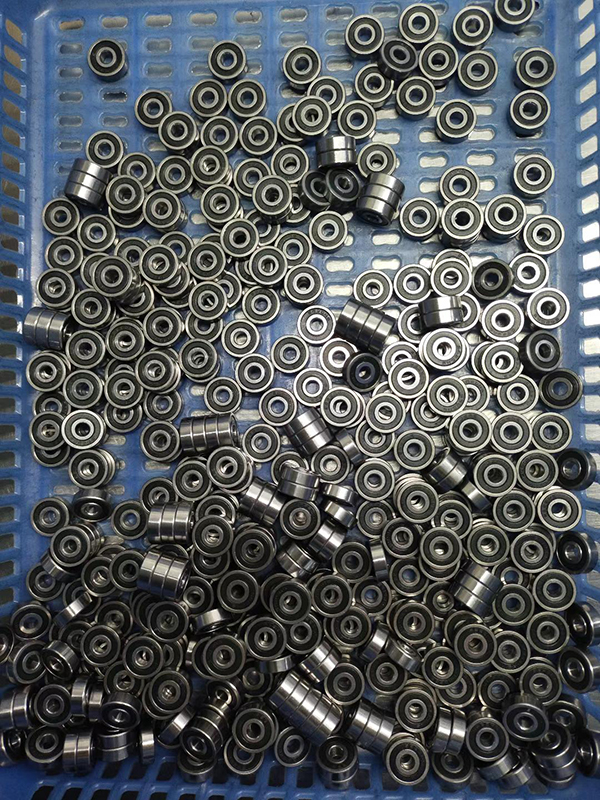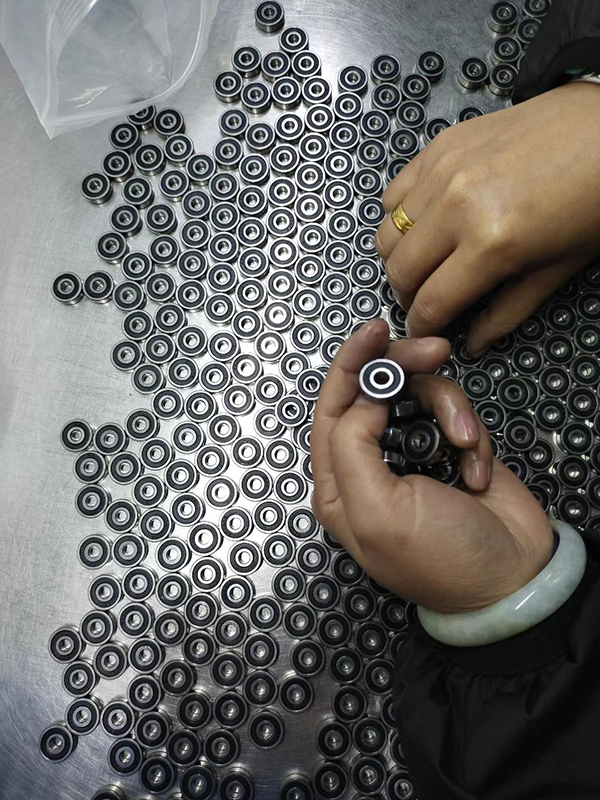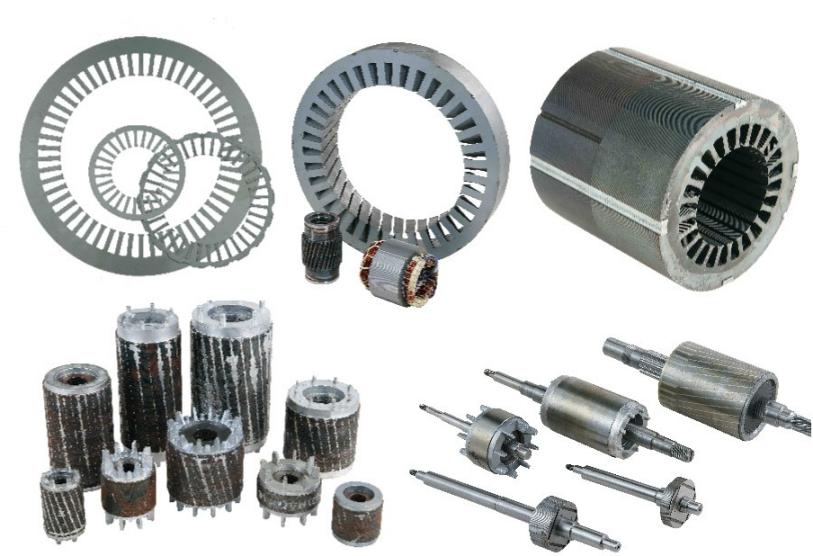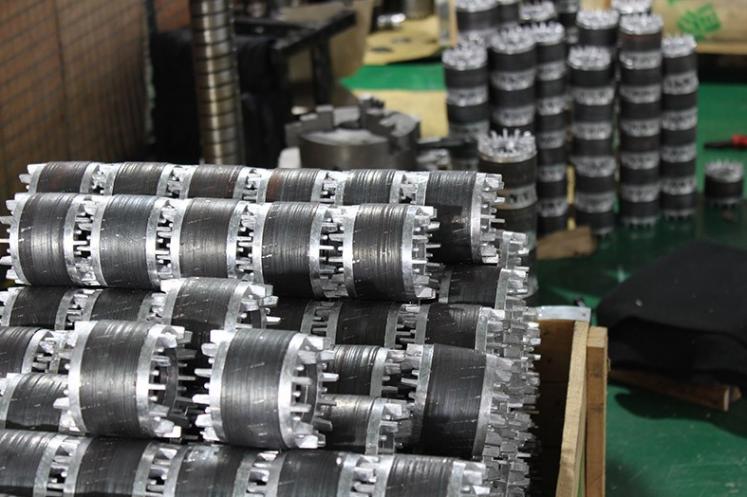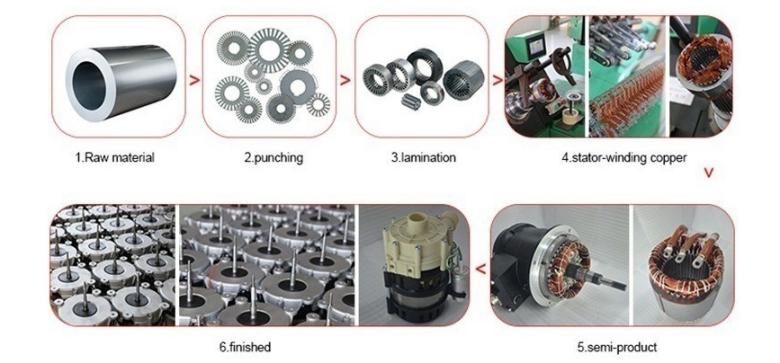The core of any underfloor heating system is the installation of the heating cable. Proper installation ensures effective heating, safety, and a long service life. Below are detailed installation instructions and tips to avoid common problems.
1. Preparation
Check the blueprint
Calculate the cable length and spacing based on the room's area and heat load (typically 10-20 cm apart, with no overlapping).
Check the thermostat location, power cable routing, and power rating.
⚠️ Troubleshooting: Insufficient or excessively long cables can lead to localized overheating or uneven heating.
Material Inspection
Cable: Check the integrity and resistance of the insulation according to the manufacturer's specifications (using a multi-meter).
Supporting Materials: Insulation board (at least 2 cm thick), reflective film, wire mesh, staples, thermostat, etc.
⚠️ Troubleshooting: Poor-quality insulation board can easily leak heat downwards, increasing energy consumption.
2. Floor Preparation
Leveling the Base Layer
Remove debris and sharp objects from the floor and level it with cement mortar (flatness of 3 mm or less per 2 m).
⚠️ Mistake to Avoid: An uneven floor surface may damage the cable insulation.
Laying the Insulation
Lay extruded polystyrene (XPS) or EPS insulation and seal the seams with aluminum foil tape.
In humid areas (such as the first floor), lay a moisture-proof sheet.
3. Cable Laying Procedure
Securing the Reflective Film and Wire Mesh
Lay the reflective film (aluminum foil side up) on top of the insulation, overlapping it by 5 cm. Lay a wire mesh (optional, to strengthen the adhesion to the concrete).
Cable Laying Method
Snake Laying: Suitable for most rooms. Maintain even spacing (use a spacing ruler).
Spiral Laying: Suitable for circular or curved areas. Avoid bends less than five times the cable diameter.
⚠️ Mistakes to avoid: Spacing cables too close together can lead to overheating, while spacing them too far can lead to uneven heating.
Secure the Cable
Secure cables using plastic clips or cable ties to prevent metal staples from damaging the insulation.
Loosen the cable at the bend to avoid excessive tension.
Avoid sensitive areas.
Keep at least 10 cm away from walls and away from furniture fixtures and floor-standing cabinets.
Keep at least 5 cm away from water pipes and electrical wiring.
4. Electrical Connections and Testing
Install the thermostat and connect the wiring.
The height of the thermostat's recessed box should be 1.2–1.5 m. Connect the cold wire (power cord) and hot wire (cable) and protect them with PVC tubing.
⚠️ Avoid mistakes: Reversing the hot and cold wires can cause system failure.
Resistance and Insulation Test
Test the insulation resistance using an insulation resistance tester (1 MΩ or higher). The resistance measured with the multi-meter should be within 10% of the nominal value.
5. Building the Fill Layer
Pour the concrete/mortar.
Thickness: 3-5 cm (pebbled concrete is ideal). Do not step on the cable while pouring.
Allow the cable to dry naturally (curing period: 21 days or more). Avoid opening windows for ventilation, as this can cause rapid drying and cracking.
Secondary Test
Retest the resistance and insulation properties after the fill layer has completely dried.
6. Common Errors and Solutions
Problem Cause Solution
Partial heat loss Uneven cable spacing or broken cables Plan the route before installation and perform a test after installation.
Thermostat failure. Power mismatch. Select a thermostat based on the cable's wattage.
Floor cracks. The infill layer is too thin or not sufficiently cured. Ensure it is at least 3 cm thick and properly cured.
Excessive energy consumption. The insulation layer is missing or the reflective film is damaged. Check the integrity of the insulation layer.
7. Precautions
Cutting or extending the cable is strictly prohibited. The cable must be fully installed.
Do not apply electricity to the cable during installation to prevent overheating or damage.
After installation is complete, keep the installation drawings for future maintenance.
Standardized installation and rigorous testing significantly reduce the risk of subsequent failures. If you do not have professional experience, we recommend consulting a certified underfloor heating installation team.
